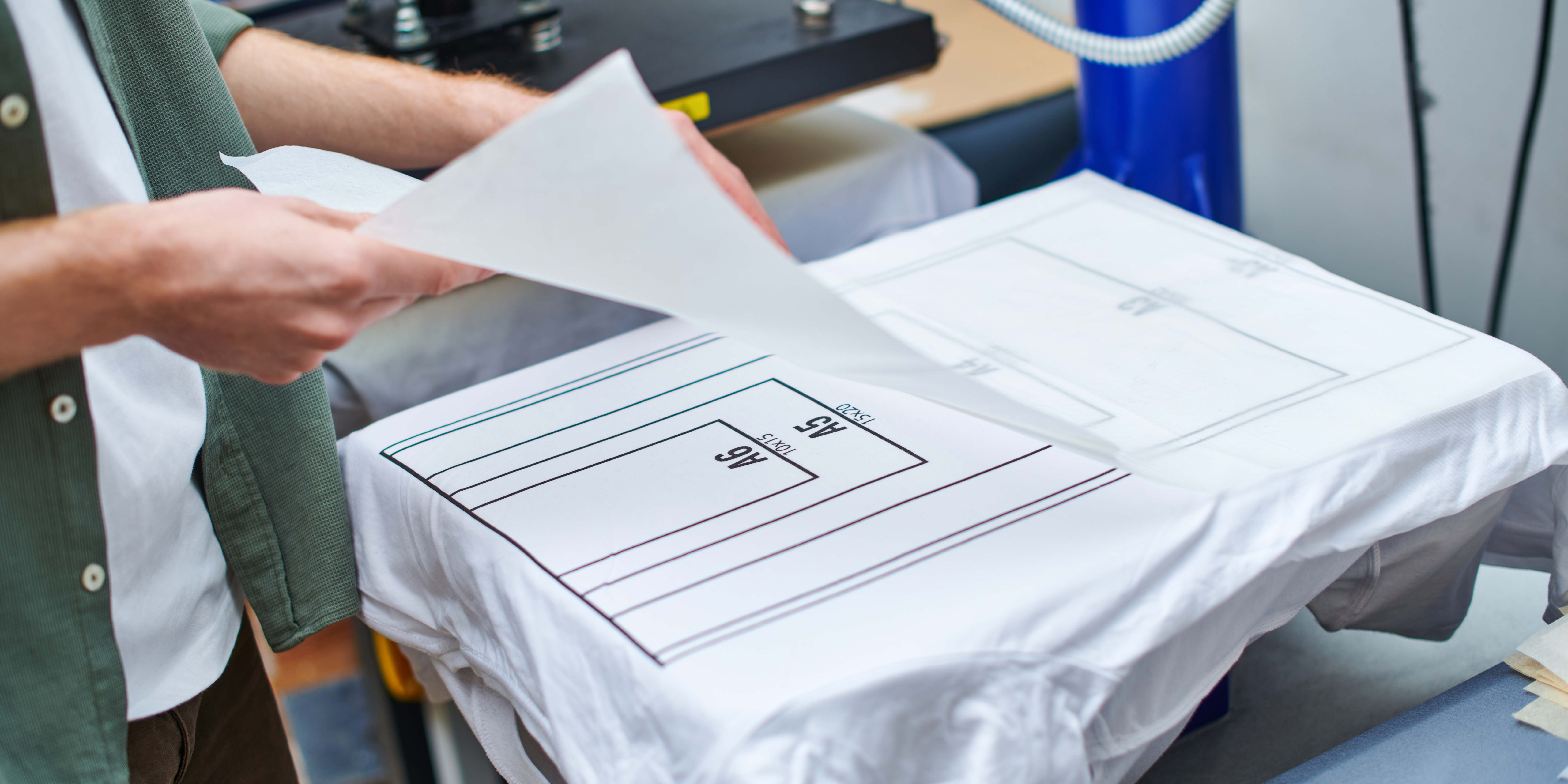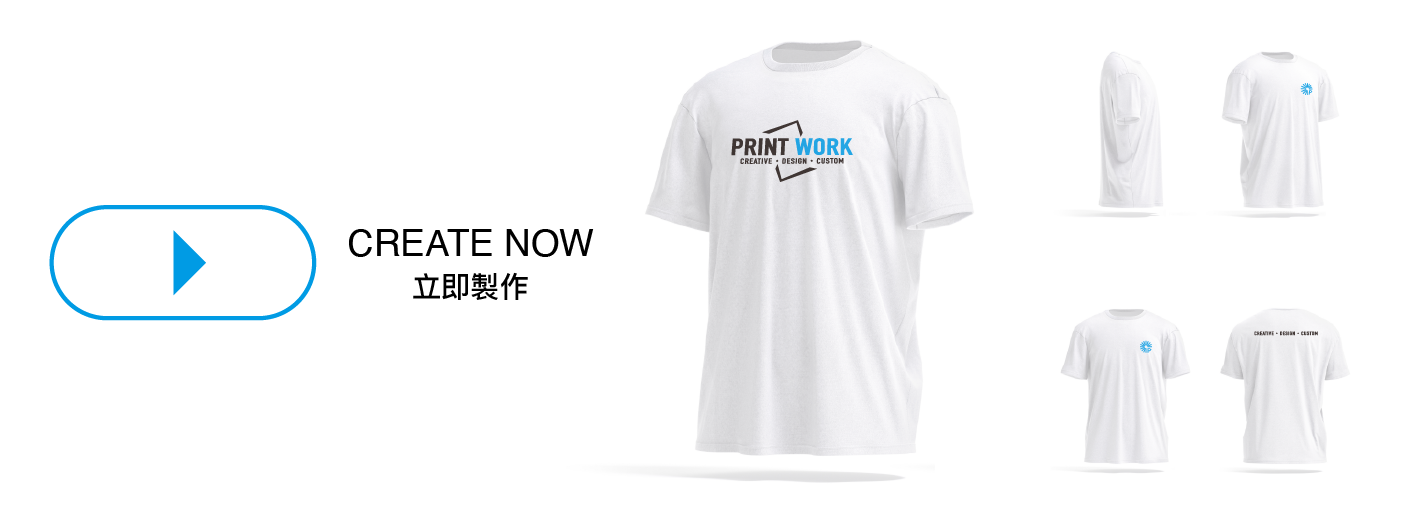- Home
- Blog
- Print Work Column
- Custom T-Shirt Design Guide: From Concept to Creation
Custom T-Shirt Design Guide: From Concept to Creation

In modern society, custom T-shirts have become a popular trend. Whether for businesses, group events, or personal commemorations, custom T-shirts are the perfect way to express individuality and creativity. Designing a unique T-shirt, whether for a group or personalized, requires careful design and planning. In this Custom T-shirt Design Guide, we will explore every step from concept to realization, helping you create a unique and successful custom T-shirt.
1. Define the Purpose and Audience of the Design
The first step in designing a custom T-shirt is to define the purpose of the design. Are you designing for a corporate event, a school gathering, or to celebrate a special occasion? Understanding your target audience is crucial, as different design needs will influence the choice of T-shirt style and design elements. For example, corporate groups may prefer a simple and professional design, while personal commemorative T-shirts can incorporate more creative and personalized elements.
2. Choose Design Elements
Creating a successful custom T-shirt requires selecting the right design elements. These elements include patterns, fonts, and colors. The choice of colors for your T-shirt design will influence the visual impact. For instance, selecting high-contrast colors can make your design more eye-catching. When choosing fonts, consider clarity and how well they align with the design style. For most custom T-shirt designs, simple, modern sans-serif fonts are preferred.
3. Select the Printing Method
Choosing the right printing technique is crucial for ensuring the quality of your custom T-shirt design. Common T-shirt printing methods include screen printing, digital printing, and heat transfer printing. Each method has its unique advantages and suitable scenarios. Screen printing is ideal for mass production, while digital printing offers more precise patterns, making it perfect for small runs and multi-color designs.
4. Choose Materials and Styles
The materials and styles of custom T-shirts directly impact the comfort and design effect. Most T-shirt designs use cotton fabric to ensure comfort and breathability. However, if you want a more functional design, polyester or blended materials can also work well. Depending on the event or need, you can choose long-sleeve or short-sleeve styles to cater to different occasions.
5. Design Confirmation
Once the design is complete, it should undergo repeated checks to ensure that every detail meets the requirements. This includes reviewing the patterns, colors, and font size and placement. Confirming these details will ensure that your design is accurate during the printing process and achieves the best results.
6. Realizing the Custom T-shirt
After the design is finalized, the last step is to bring your idea to life. Choose a professional printing service, discuss the design details with them, and ensure that the appropriate printing method and fabric are selected. Professional printers will guarantee that your custom T-shirt is printed to the highest quality, whether it's a simple graphic or a detailed design.
Conclusion
Designing a successful custom T-shirt is not just an artistic process but also a multifaceted challenge. By carefully selecting design elements, appropriate printing techniques, and comfortable fabrics, you can create a custom T-shirt that meets your needs and showcases a unique style. Whether for group apparel or personal commemorations, this will be a piece that makes every wearer feel special.
Article Classification
Recent Articles
- A Detailed Guide to the Custom Teamwear Process: From Order to Delivery
- How to Calculate the Cost of Custom Teamwear? A Comprehensive Guide to Quotation Process
- Introduction to Common T-Shirt Printing Techniques: Which One is Best for Your Needs?
- Color and Pattern Matching Tips for Team Apparel Design
- 5 Key Elements You Need to Know Before Customizing Team Apparel


